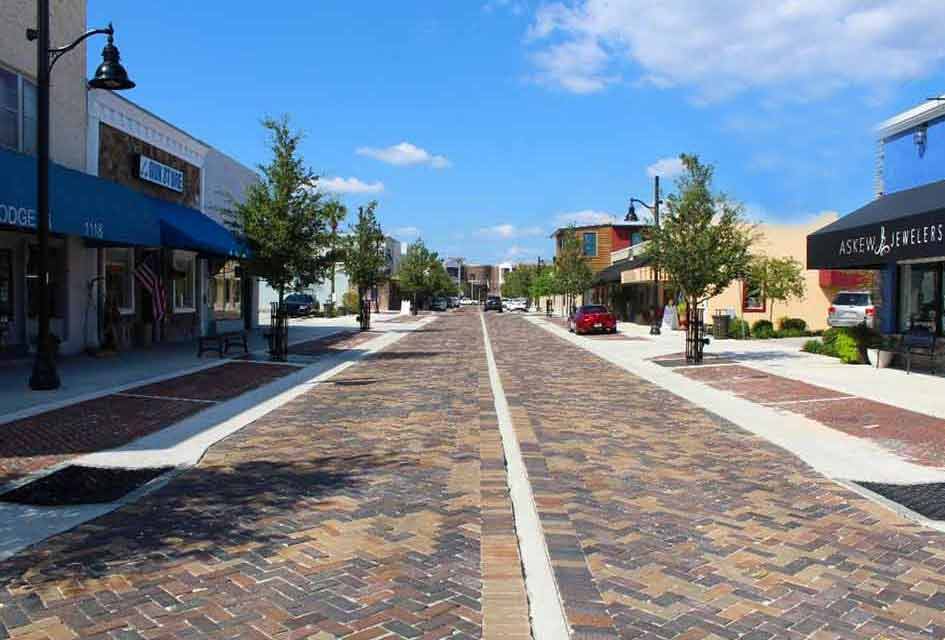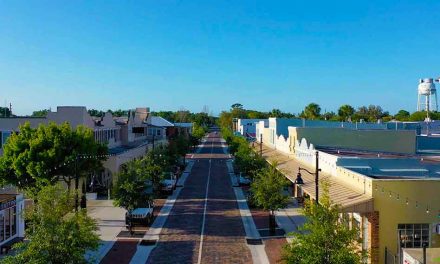Citing a desire to avoid additional costs and lengthy intersection closures, St. Cloud’s City Council on Thursday decided against installing additional retractable bollards in the downtown Entertainment District.
Instead, Council directed City staff to attempt to sell the bollards the city already owns, or store them for future use at another location.
Bollards are strong, retractable posts used to prevent vehicles from entering specific areas, like St. Cloud’s downtown during special events.
The bollards were purchased as part of the phase 2 downtown revitalization project, but due to supply issues, the bollards did not arrive from overseas until much of the project was completed. To install them now would require as much as $1.8 million of additional funding, and would necessitate 40 weeks or more of intersection closures, according to Strategic Initiatives Project Manager David Bridle.
Bridle told Council members that due to underground utility conflicts, some bollard installation areas may not meet the manufacturer’s required spacing specifications, potentially creating voids in the bollard protection system.
By not installing the bollards, the City will receive a credit from the contractor of approximately $619,000.
“I would like use some of that money to develop an extensive marketing campaign to get people to come downtown and see what it’s all about,” Deputy Mayor Kolby Urban said. Other Council members agreed, with Council Member Shawn Fletcher noting that city staff should coordinate with the Downtown Business Group. Mayor Nathan Blackwell asked that city staff bring forward details on what the marketing plan would look like.
Council Members Linette Matheny and Ken Gilbert asked staff to look into whether the manufacturer can be held responsible for not getting the bollards delivered by the promised date, and questioned why there could be utility conflicts with the bollards since the project plans included bollards.
“We need to look at that credit closely,” Matheny said. “Why are there utility conflicts when the bollards were on the plans? Those utilities should have been moved to accommodate the bollards.”


















